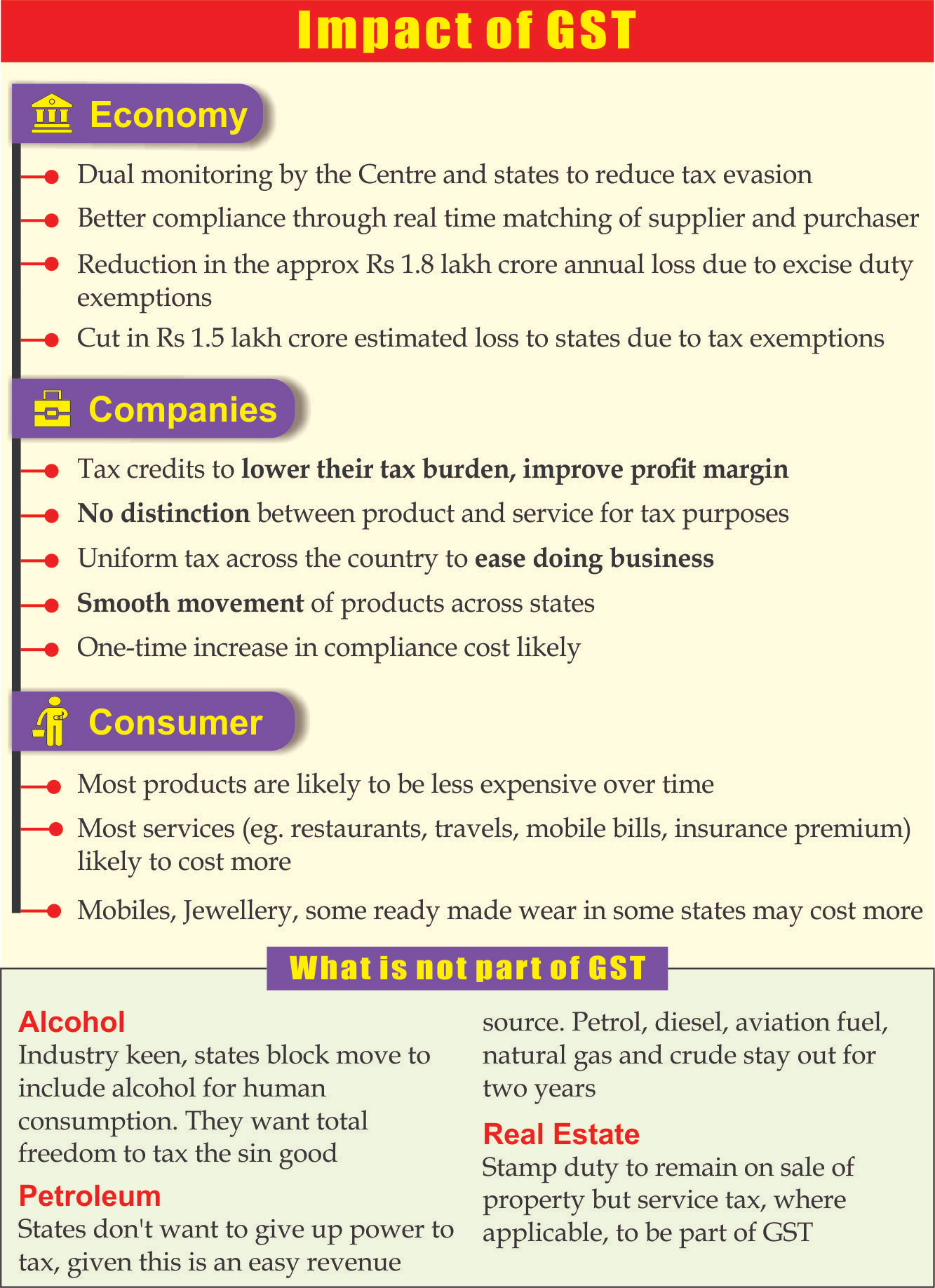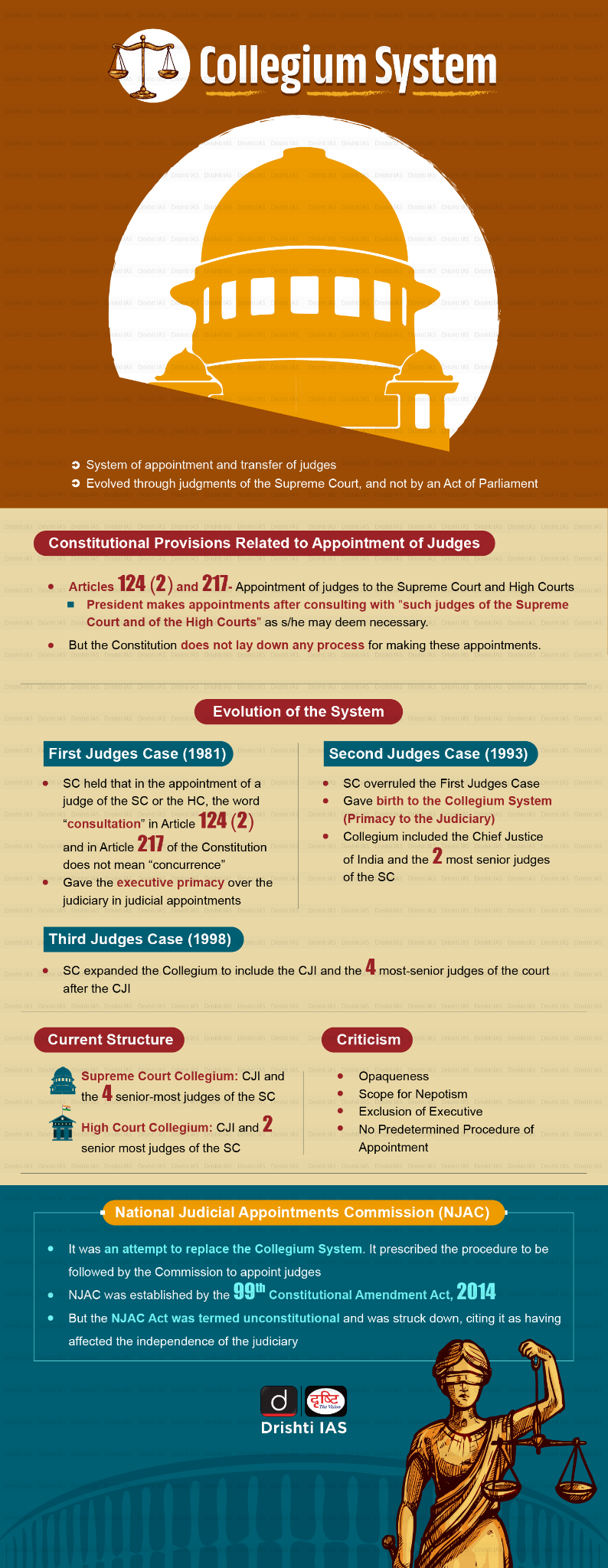Chhattisgarh Switch to Hindi
Chhattisgarh Recorded the Highest GST Growth Rate
Why in News?
Chhattisgarh topped the country in Goods and Services Tax (GST) collection growth, posting an 18% increase over the previous fiscal year 2024-25.
Key Points
- Factors Behind Chhattisgarh’s GST Growth:
- Growth in GST Collections:
- Chhattisgarh's total GST and VAT (Value Added Tax) revenue for FY 2024–25 reached Rs 23,448 crore, accounting for nearly 38% of the state’s own tax collections.
- VAT: Tax on goods sold, applied at each stage of the supply chain. It is imposed on goods that are excluded from the GST regime like alcoholic beverages, petroleum products etc.
- This sharp increase in tax revenues highlights the effectiveness of its policy measures and enforcement strategies.
- Chhattisgarh's total GST and VAT (Value Added Tax) revenue for FY 2024–25 reached Rs 23,448 crore, accounting for nearly 38% of the state’s own tax collections.
- Streamlined GST Registration Process:
- One of the key reforms that contributed to this success is the reduction of GST registration time from 13 days to just 2 days, significantly improving the ease of doing business in Chhattisgarh
- Technology-Led Monitoring and Enforcement:
- The state has employed advanced technology to monitor and recover evaded taxes.
- Targeted drives and enhanced enforcement actions, such as the establishment of GST offices across all 33 districts, have ensured transparency and better taxpayer services.
- Growth in GST Collections:
Goods and Services Tax (GST)
- About:
- GST is a value-added tax system that is levied on the supply of goods and services in India.
- It is a comprehensive indirect tax that was introduced in India on 1st July 2017, through the 101st Constitution Amendment Act, 2016, with the slogan of ‘One Nation One Tax’.
- GST Council:
- About: The GST Council, a constitutional body under Article 279-A (101st Amendment, 2016), makes recommendations on GST implementation.
- GST is a value-added (Ad Valorem) and indirect tax system that is levied on the supply of goods and services in India.
- Members: The Council includes the Union Finance Minister (Chairperson), Union Minister of State (Finance), and a finance or any other minister from each state.
- Nature of Decisions: In the Mohit Minerals case, 2022, the Supreme Court ruled GST Council recommendations are not binding, as Parliament and states have simultaneous legislative powers on GST.
- About: The GST Council, a constitutional body under Article 279-A (101st Amendment, 2016), makes recommendations on GST implementation.
Rajasthan Switch to Hindi
SC Collegium Recommends Rajasthan HC Judges
Why in News?
The Supreme Court Collegium has recommended the appointment of judges to the Rajasthan High Court.
Key Points
- High Court Judges:
- Procedure: The appointment of judges to the High Courts follows a procedure based on the collegium system, which was established through various landmark cases, such as the Second Judges Case (1993) and further clarified in the Third Judges Case (1998).
- The collegium system empowers the judiciary to recommend appointments and transfers of judges to the Supreme Court and High Courts, with the government having a limited role.
- After the Third Judges Case (1998), the central government and the SC formalised High Court judge appointments through a Memorandum of Procedure (MoP).
- Appointment of High Court Judges:
- For High Court appointments, the collegium comprises the Chief Justice of India (CJI) and the 2 senior most judges of the Supreme Court.
- This collegium would form an opinion on a person to be recommended for appointment to the High Court, taking into account the views of the Chief Justice of the concerned High Court, senior Judges of the High Court, and Judges of the Supreme Court conversant with the affairs of that High Court.
- Memorandum of Procedure (MoP) for Appointment of High Court Judge:
- High Court Collegium Recommendation: The Chief Justice of the High Court, in consultation with the 2 senior most judges of that court, recommends names for appointment.
- State-Level Review: The recommendations are sent to the Chief Minister and Governor for their views, though they do not have the power to reject the recommendation.
- Central Government Process: The Governor forwards the recommendations to the Union Minister of Law and Justice, who conducts a background check.
- Supreme Court Collegium Review: The recommendations are then sent to the CJI, who consults the Supreme Court collegium. If approved, the names are sent to the President for final approval.
- The government's role is limited to delaying appointments or raising concerns, but it cannot overrule the collegium's recommendations.
- Procedure: The appointment of judges to the High Courts follows a procedure based on the collegium system, which was established through various landmark cases, such as the Second Judges Case (1993) and further clarified in the Third Judges Case (1998).
- Collegium System:
- It is the system of appointment and transfer of judges (SC and HC) that has evolved through judgments of the SC, and not by an Act of Parliament or by a provision of the Constitution.
Chhattisgarh Switch to Hindi
Chhattisgarh Forest Department Withdraws Community Forest Rights Directive
Why in News?
The Chhattisgarh forest department has recently withdrawn its directive, which had barred government departments, NGOs, and private entities from undertaking any work related to Community Forest Resource Rights (CFRR).
Key Points
- Withdrawal of Advisory:
- The forest department initially claimed control over CFRR lands granted under the Forest Rights Act (FRA) 2006, pending the release of model management plans by the central government.
- The advisory designated the forest department as the nodal agency for CFRR implementation, which led to protests from tribal communities who viewed this as a violation of their rights to manage forest resources.
- To address the concerns, the forest department has requested the Ministries of Tribal Affairs and Environment to urgently release detailed CFRR plans, implementation guidelines, and training modules for all stakeholders.
- Forest Rights Act (FRA), 2006
- About: It was enacted to officially recognize and grant forest rights and tenure to forest-dwelling Scheduled Tribes (STs) and Other Traditional Forest Dwellers (OTFDs) who have lived in these forests for generations without formal documentation of their rights.
- Aim: It seeks to correct historical injustices faced by these communities due to colonial and post-colonial forest management policies that overlooked their deep, symbiotic relationship with the land.
- To empower these communities by enabling sustainable access to land and utilization of forest resources, promoting biodiversity and ecological balance, and protecting them from illegal evictions and displacement.
- Provision:
- Ownership Rights: Grants ownership over Minor Forest Produce (MFP). Allows collection, use, and disposal of forest produce.
- MFP refers to all non-timber forest products of plant origin, including bamboo, brushwood, stumps, and canes.
- Community Rights: Includes traditional usage rights such as Nistar (a type of Community Forest Resource).
- Habitat Rights: Protects the rights of primitive tribal groups and pre-agricultural communities to their traditional habitats.
- Community Forest Resource (CFR): Enables communities to protect, regenerate, and sustainably manage forest resources they have traditionally conserved.
- The Act facilitates the diversion of forest land for public welfare projects managed by the government, subject to Gram Sabha approval.
- Ownership Rights: Grants ownership over Minor Forest Produce (MFP). Allows collection, use, and disposal of forest produce.
- Community Forest Resource Rights (CFRR)
- The Community Forest Resource rights under Section 3(1)(i) of the Scheduled Tribes and Other Traditional Forest Dwellers (Recognition of Forest Rights) Act, 2006 (commonly referred to as the Forest Rights Act) provides for recognition of the right to “protect, regenerate or conserve or manage” the community forest resource.
- These rights allow the community to formulate rules for forest use by itself and others and thereby discharge its responsibilities under Section 5 of the FRA.
- The Community Forest Resource rights under Section 3(1)(i) of the Scheduled Tribes and Other Traditional Forest Dwellers (Recognition of Forest Rights) Act, 2006 (commonly referred to as the Forest Rights Act) provides for recognition of the right to “protect, regenerate or conserve or manage” the community forest resource.
Haryana Switch to Hindi
Surge in Narcotic Seizures in Haryana
Why in News?
Haryana has witnessed a sharp rise in the seizure of narcotics, particularly heroin and cocaine, in the first half of 2025.
- According to the Haryana State Narcotics Control Bureau (HSNCB), heroin seizures in the state more than doubled, while the quantity of cocaine recovered increased by over 14 times compared to the same period in 2024.
Key Points
- Rise in Narcotic Drugs and Psychotropic Substances (NDPS) Cases:
- Drug-related FIRs under the Narcotic Drugs and Psychotropic Substances Act, 1985 increased by 28.75%, with 1,858 cases registered from January to June 2025, compared to 1,657 in 2024 in Haryana.
- Commercial quantity cases rose by nearly 29%, from 166 in 2024 to 233 in 2025—often involving organised trafficking groups.
- Drug-related FIRs under the Narcotic Drugs and Psychotropic Substances Act, 1985 increased by 28.75%, with 1,858 cases registered from January to June 2025, compared to 1,657 in 2024 in Haryana.
- Drug Prevalence in India (Narcotics Control Bureau (NCB) Data):
- Cannabis: 3.1 crore people (2.8%) are cannabis users, with 72 lakh (0.66%) facing cannabis-related issues.
- Opioid Use: 2.06% of the population uses opioids, and nearly 0.55% (60 lakh) require treatment services for opioid dependence.
- Sedative: 1.18 crore (1.08%) individuals use sedatives for non-medical purposes.
- Inhalant: Inhalant abuse affects 1.7% of children and adolescents, significantly higher than the 0.58% prevalence in adults. Approximately 18 lakh children require assistance to address inhalant abuse.
- Injecting Drug Use: Approximately 8.5 lakh people inject drugs, known as People Who Inject Drugs (PWID).
- Related Measures:
- Legislative:
- Narcotic Drugs and Psychotropic Substances (NDPS) Act, 1985: It regulates the production, manufacture, and trafficking of narcotic drugs and psychotropic substances.
- Drugs and Cosmetics Act, 1940 and the Prevention of Illicit Traffic in Narcotic Drugs and Psychotropic Substances (PITNDPS) Act, 1988 govern the legal framework for controlling and preventing drug trafficking and abuse.
- Institutional Measures:
- National Investigation Agency (NIA): It is the Central Counter Terrorism Law Enforcement Agency in India.
- It investigates cases with interstate and international links, including drug smuggling networks tied to terrorism, arms trafficking, and cross-border infiltration.
- National Narcotics Control Bureau (NCB):
- NCB is a nodal drug law enforcement and intelligence agency of India. It coordinates with national and international agencies and participates in initiatives such as the SAARC Drug Offences Monitoring Desk (SDOMD).
- Other Enforcement Agencies: The Directorate of Revenue Intelligence (DRI), Customs Department, and various law enforcement agencies work together to curb drug trafficking.
- National Investigation Agency (NIA): It is the Central Counter Terrorism Law Enforcement Agency in India.
- Legislative:
Different Drug Types and Substances
|
Drug Type |
Characteristics |
|
Stimulants |
|
|
Depressants |
|
|
Hallucinogens |
|
|
Dissociative Drugs |
|
|
Opioids |
|
|
Inhalants |
|
|
Cannabis |
|
Maharashtra Switch to Hindi
Khadi and Village Industries Commission (KVIC)
Why in News?
The Union Micro, Small & Medium Enterprises (MSME) Minister visited the Khadi and Village Industries Commission (KVIC) in Mumbai to review its performance, achievements, challenges, and future roadmap for strengthening its initiatives.
- The Minister reviewed key flagship schemes– Prime Minister’s Employment Generation Programme (PMEGP), which is under KVIC.
Key Points
- Khadi and Village Industries Commission (KVIC):
- It is a statutory body established under the KVIC Act, 1956 and functions under the Ministry of Micro, Small & Medium Enterprises.
- Its head office is based in Mumbai, with its six zonal offices in Delhi, Bhopal, Bangalore, Kolkata, Mumbai and Guwahati.
- Objectives of KVIC:
- KVIC aims to generate employment opportunities, especially in rural areas, fulfilling a core social objective.
- It focuses on the economic objective of producing marketable and saleable products through village industries.
- It works toward the broader goal of fostering self-reliance among the poor and strengthening rural community spirit.
- It is a statutory body established under the KVIC Act, 1956 and functions under the Ministry of Micro, Small & Medium Enterprises.
Prime Minister’s Employment Generation Programme (PMEGP)
- Launch:
- The Government of India approved the introduction of a credit linked subsidy programme called Prime Minister's Employment Generation Programme (PMEGP) in 2008 for the generation of employment opportunities through the establishment of micro enterprises in rural as well as urban areas.
- It allows entrepreneurs to set up factories or units.
- Administration:
- It is a central sector scheme administered by the Ministry of Micro, Small and Medium Enterprises (MoMSME).
- Implementing Agency at the National Level: Khadi and Village Industries Commission (KVIC).


.png)
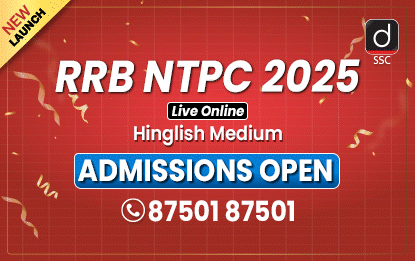


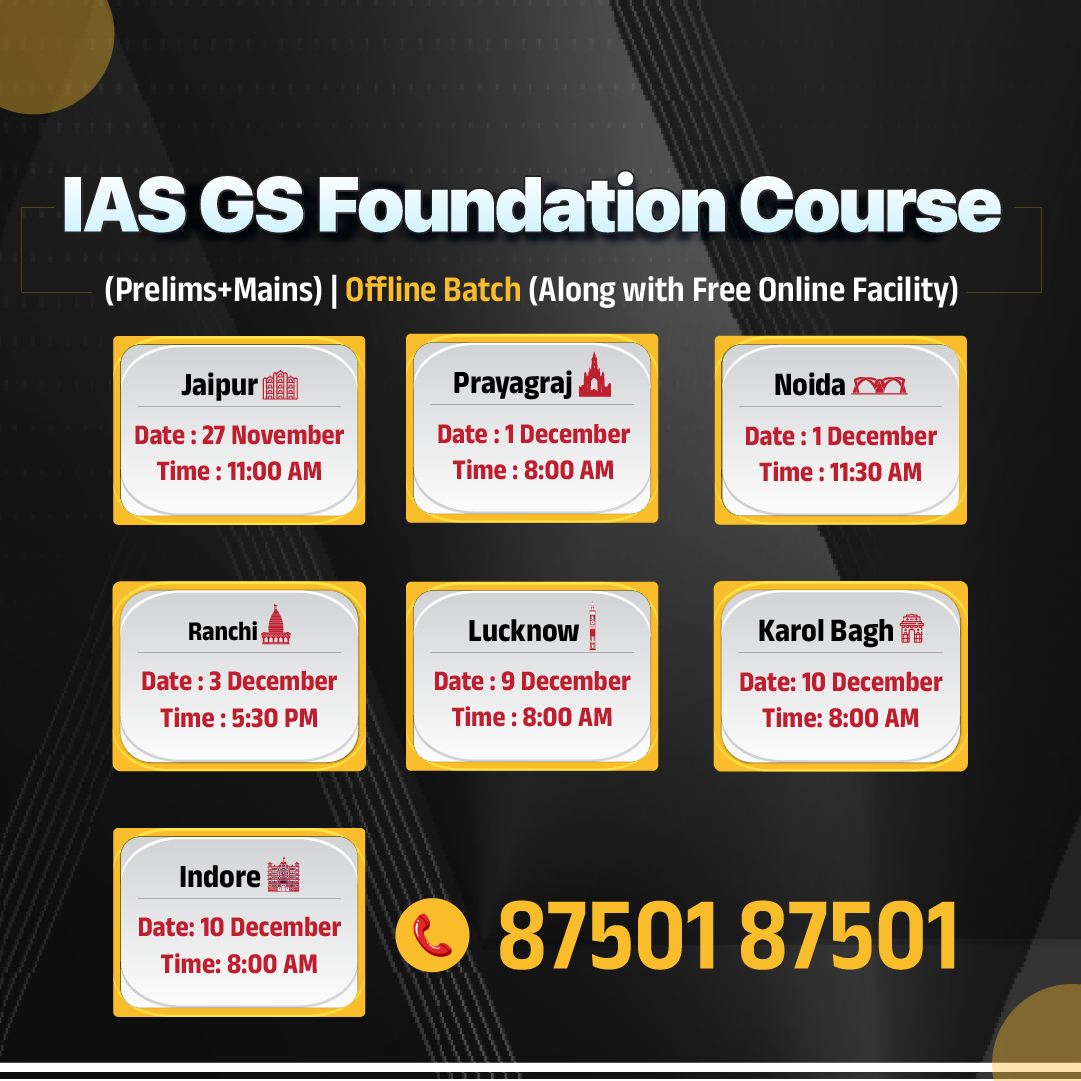
.jpg)






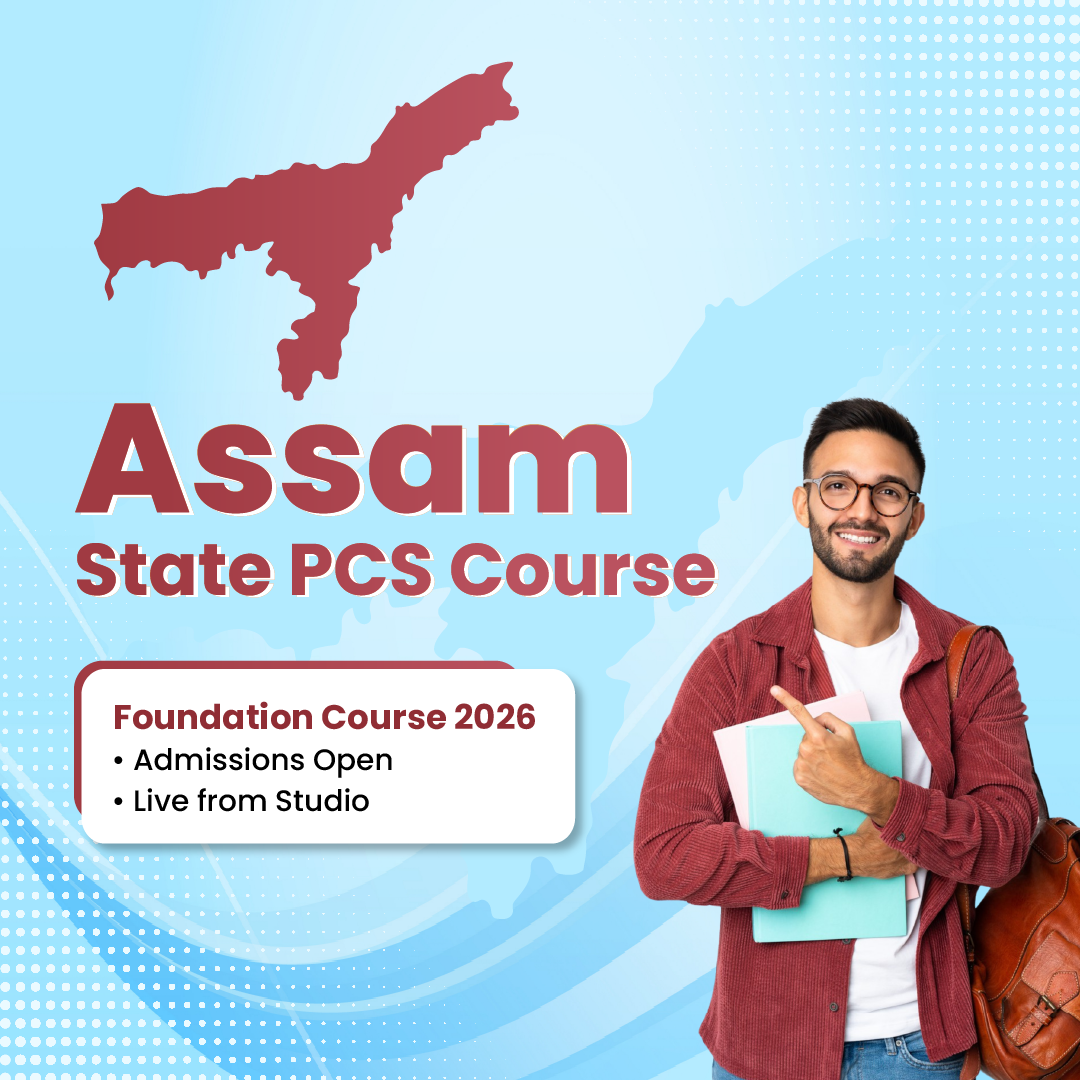

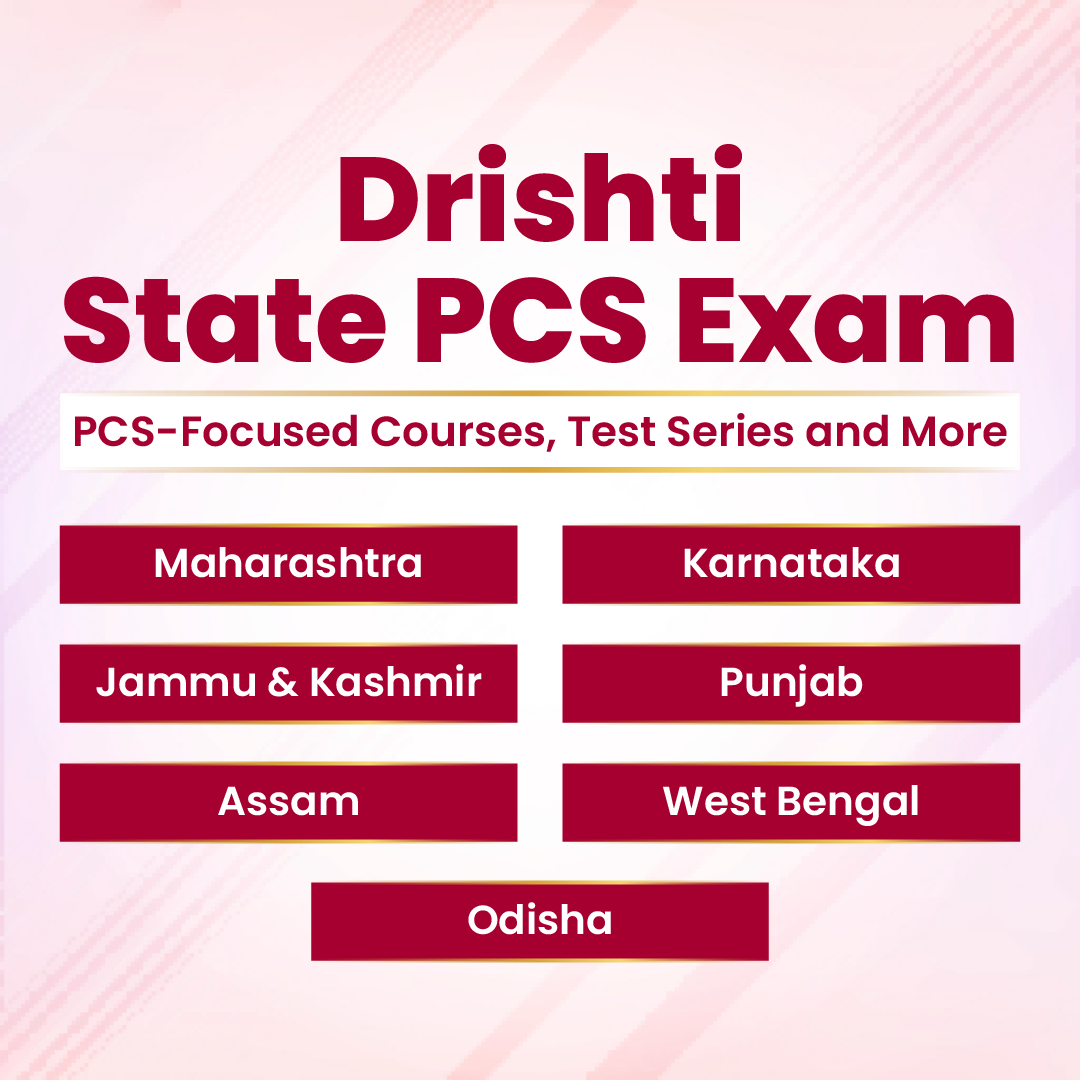

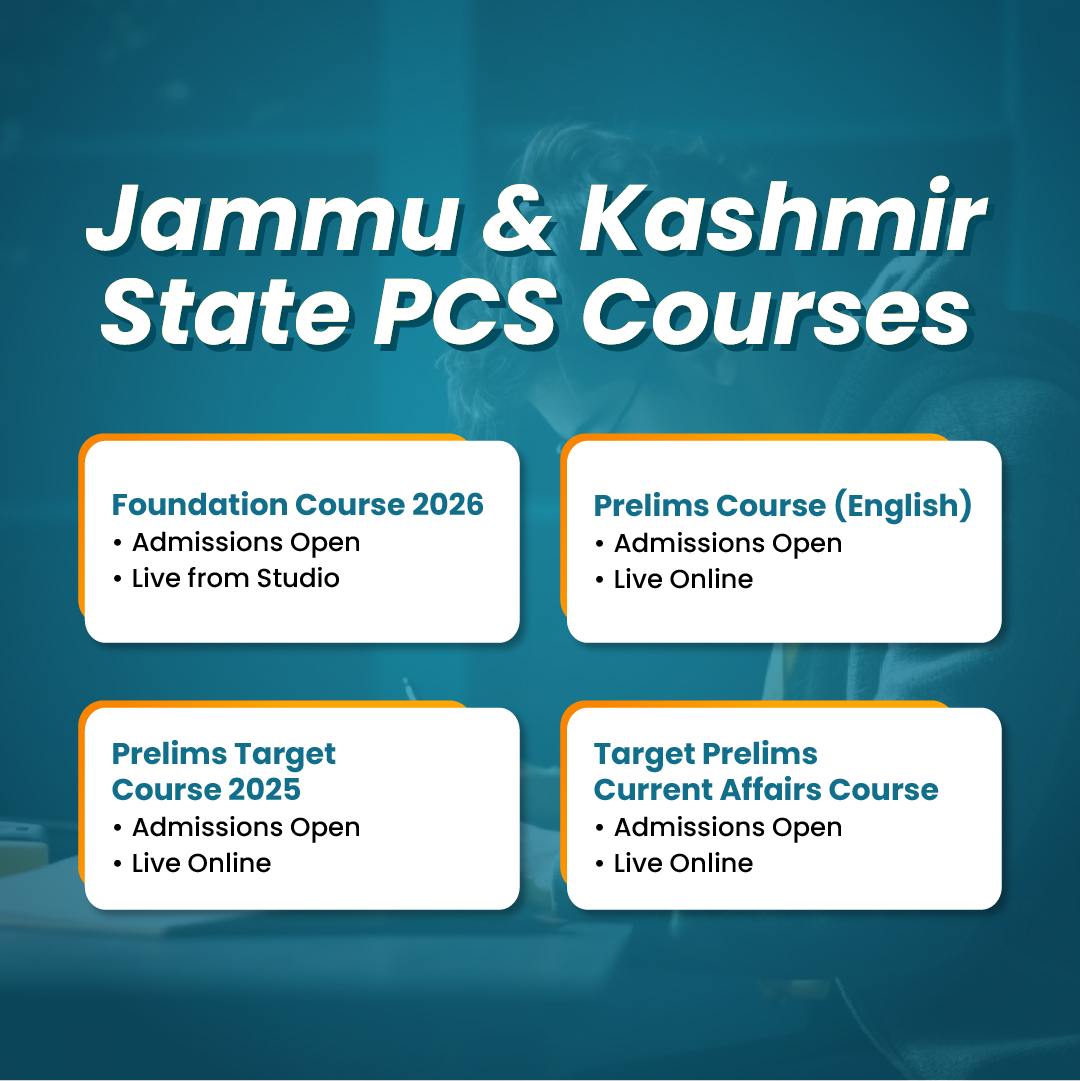

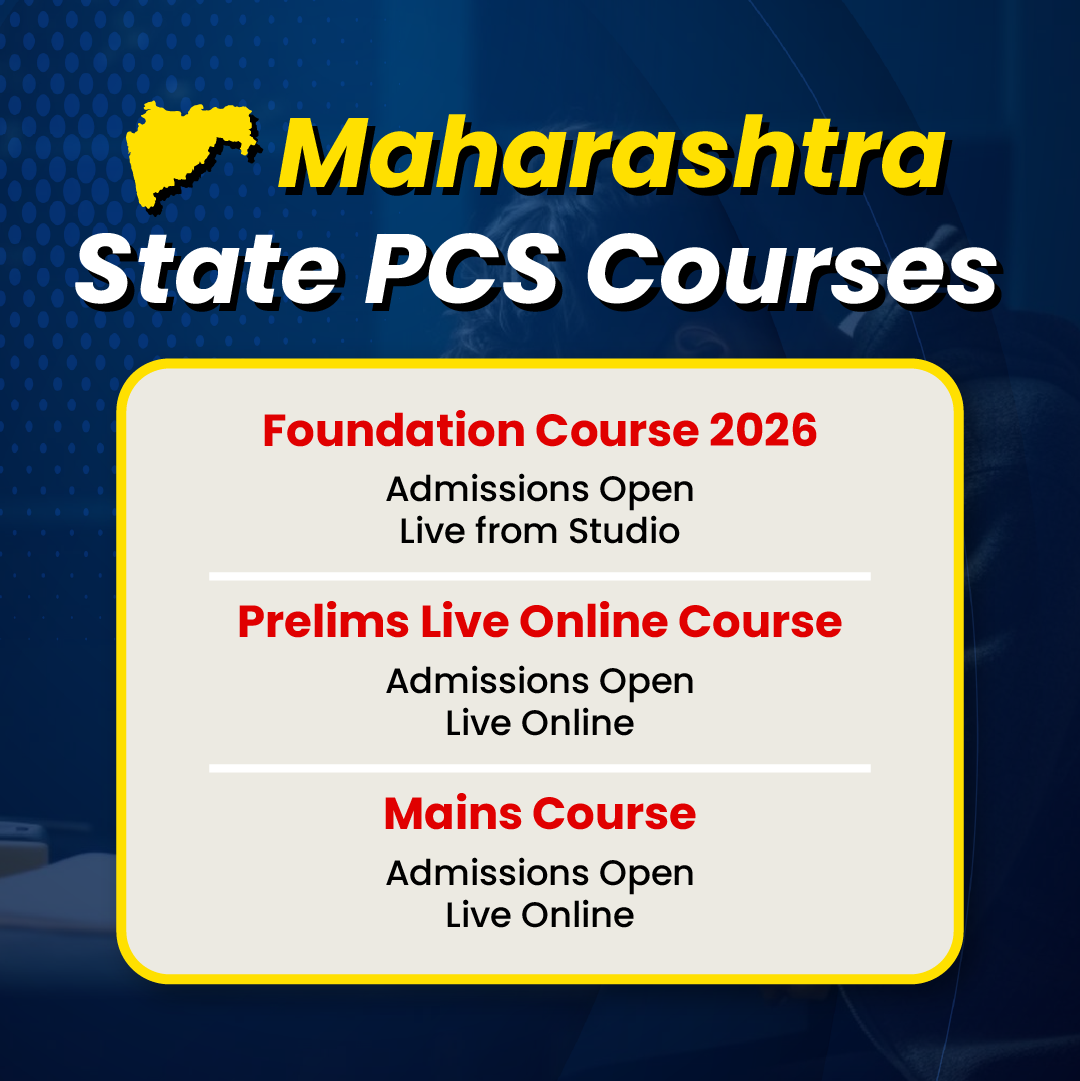

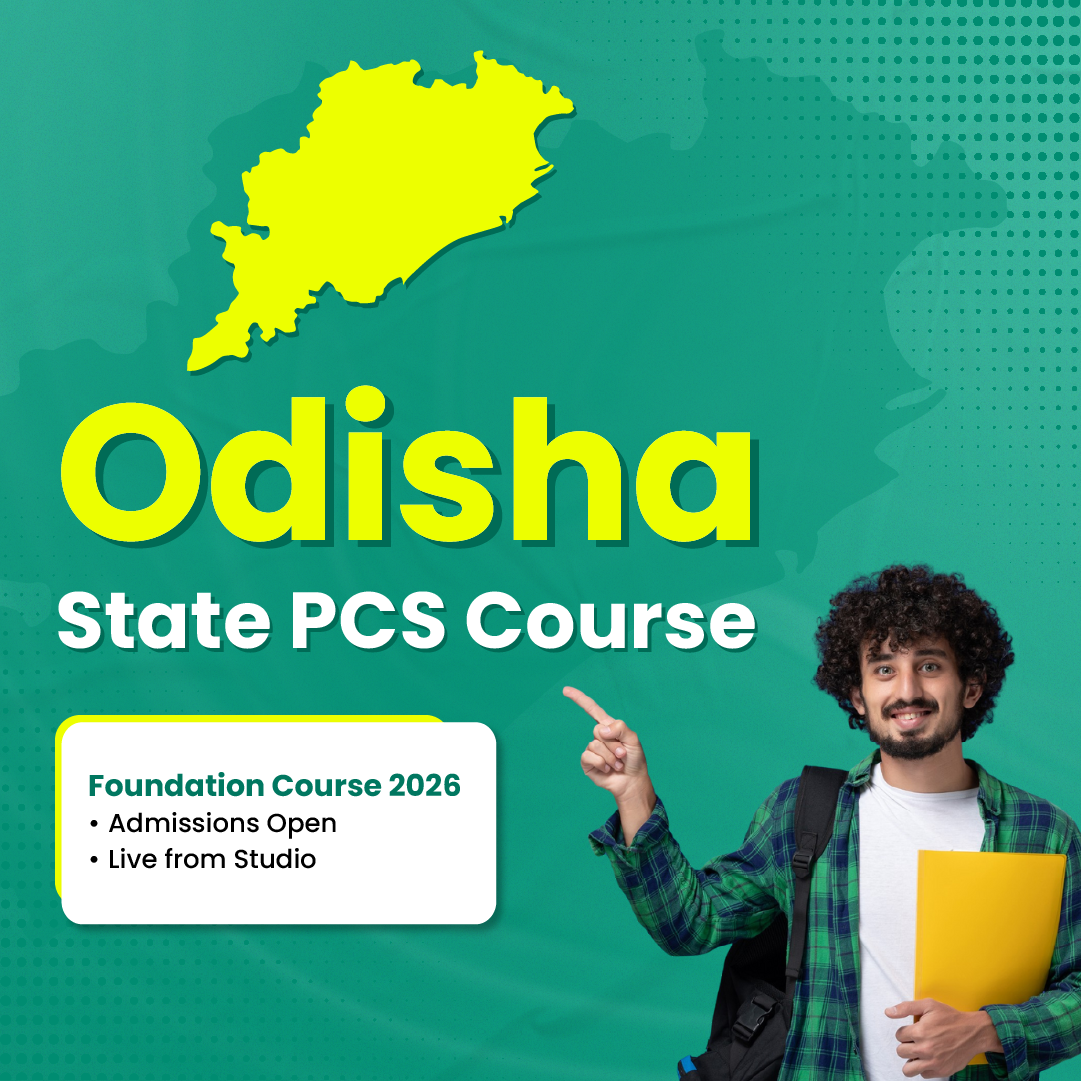



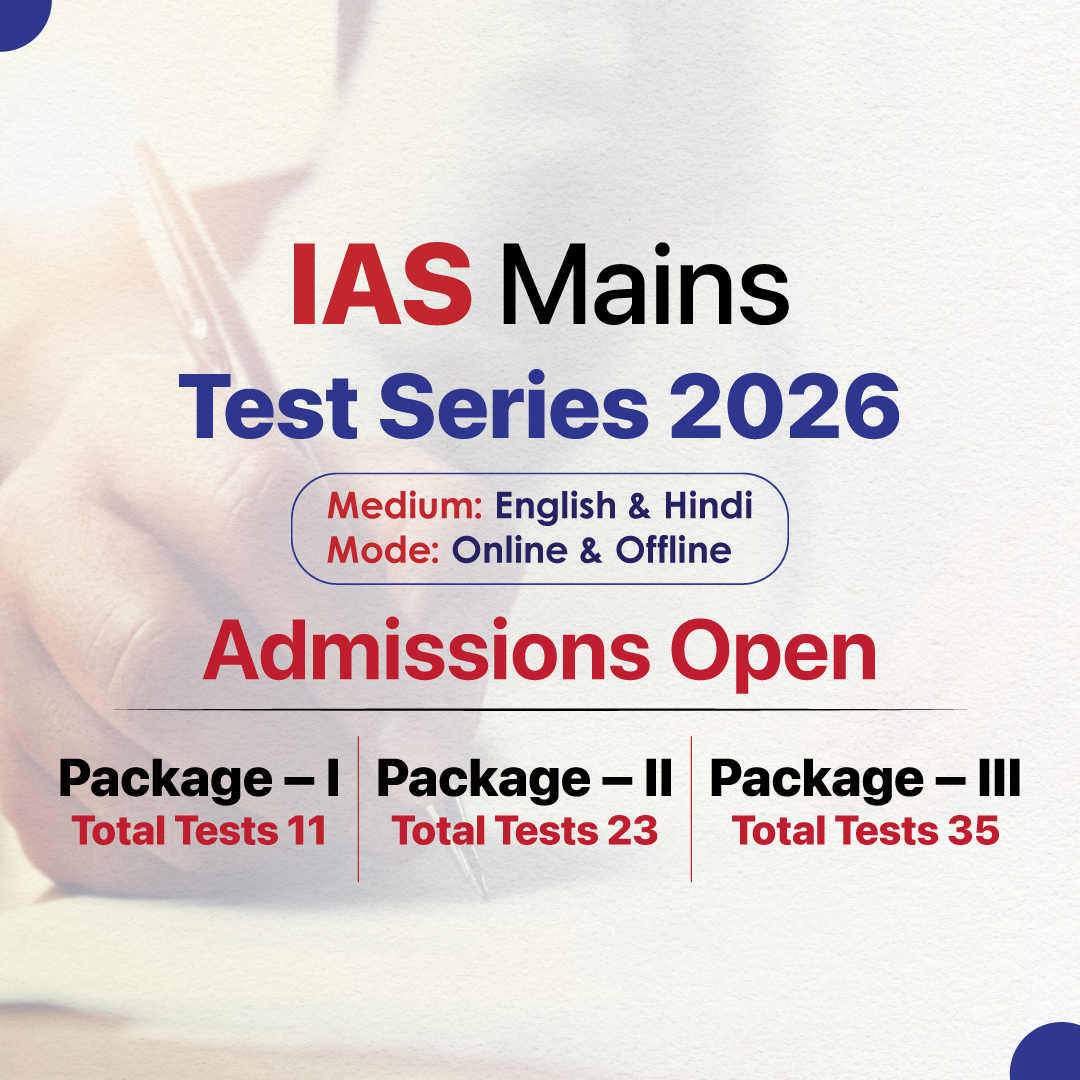



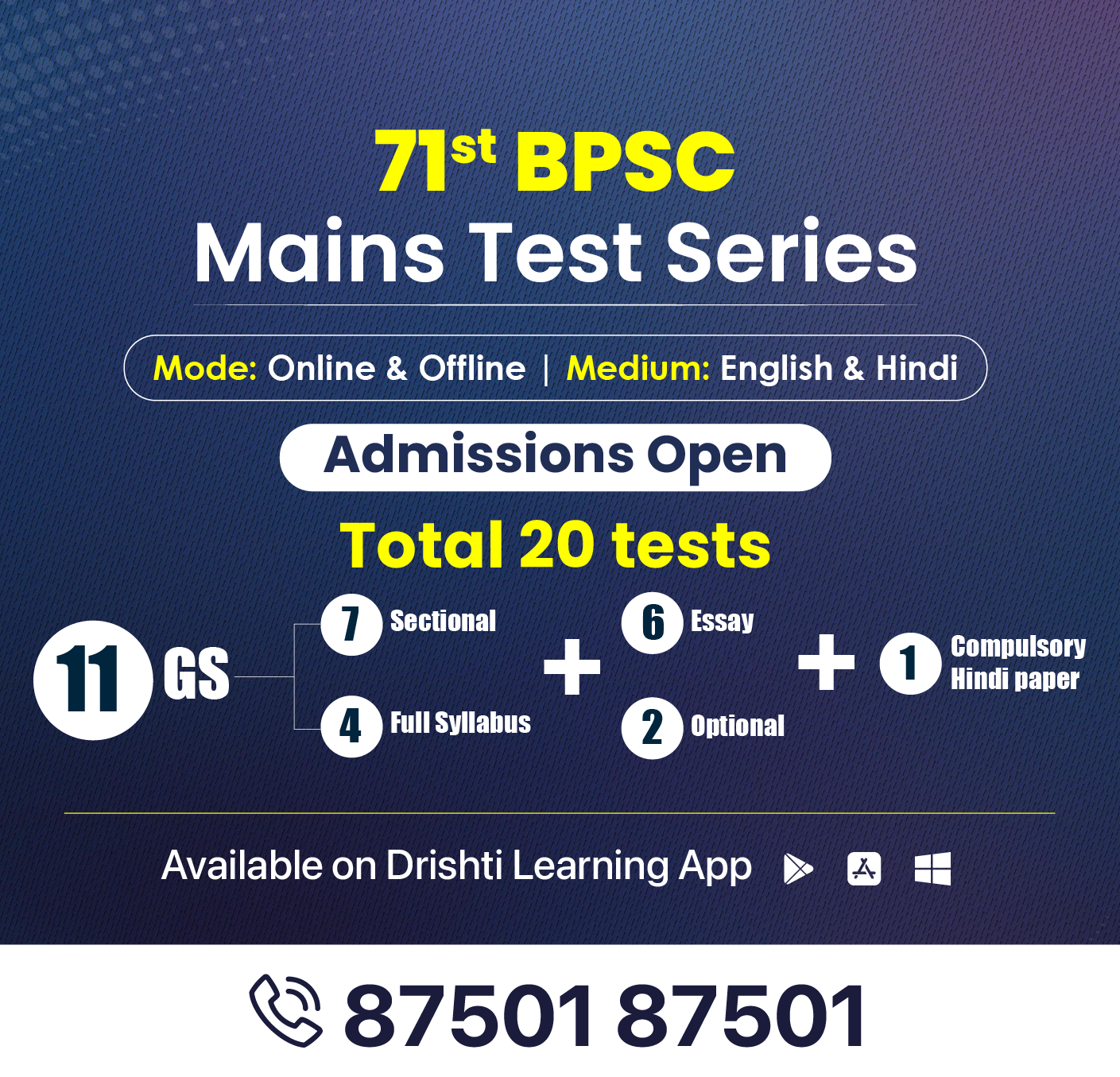
.png)
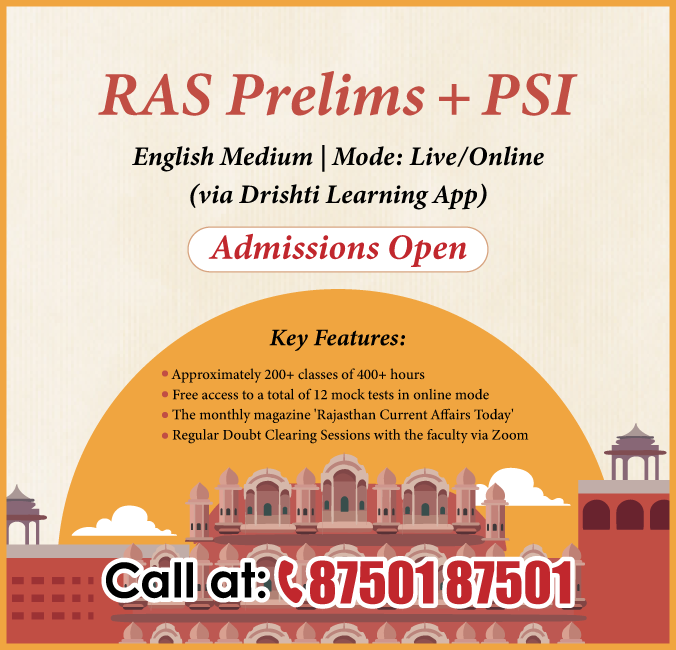

.jpg)

 PCS Parikshan
PCS Parikshan